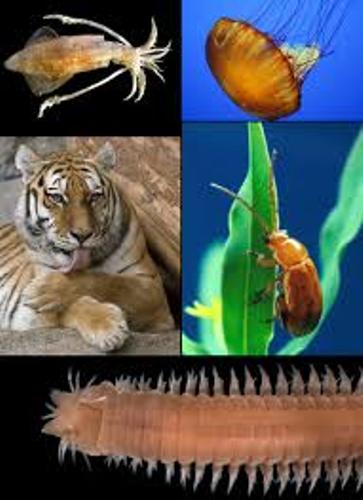10 Facts about Animalia
Facts about Animalia present the information about one of the important kingdoms. It is also called Metazoa. These eukaryotic organisms are multicellular. When the body this organism grow and develop, they have fixed body. But some of them have the metamorphosis phase in the later life. Find out more facts about kingdom Animalia by reading the following post below:
Facts about Animalia 1: motile animals
The animals can move independently and spontaneously. Thus, all animals are motile.
Facts about Animalia 2: sub groups
There are several sub groups which make up the kingdom of Animalia. The sub groups are the arthropods which include centipedes, spiders, insects, millipedes, crabs, shrimps, lobsters, and scorpions; the mollusks which include snails, squid, octopuses, clams, and oysters; vertebrates which include amphibians, birds, mammals, fish, and reptiles, jellyfish and sponges. Get facts about African wildlife here.
Facts about Animalia 3: the word animal
The word animal means having breath. It was derived from Latin language.
Facts about Animalia 4: the meaning of animal
In everyday language, the word animal is used to refer to the non human member in the kingdom Animalia. Human is not included in kingdom Animalia, but the closer relatives of human beings such as mammals are included in the kingdom.
Facts about Animalia 5: the difference
The animals are very different with most protists and bacteria because they are multicellular and eukaryotic.
Facts about Animalia 6: plants and algae
You can also differentiate kingdom Animalia with algae and plants because all of them have an internal chamber used to digest the food. Therefore, they are heterotrophic. Learn algae facts here.
Facts about Animalia 7: the tissues
The body of animals can be separated based on the tissues. The tissues which send and process the signals are the nerve tissues. The tissues used to control and contract the locomotion are the muscle.
Facts about Animalia 8: an internal digestive chamber
All animals have an internal digestive chamber. It is equipped with 1 or 2 openings. As I have stated before, all animals are eukaryotic. The elastic glycoproteins and collagen are used to compose the extracellular matrix. They are used to create the spicules, bones and shells.
Facts about Animalia 9: intercellular junctions
The animals have intercellular junctions which include the desmosomes, tight junctions and gap junctions.
Facts about Animalia 10: sexual reproduction
Most animals have sexual reproduction. The zygotes will be formed to create a new individual. But some animals have asexual reproduction. It means that the fertile eggs do not have to be produced from fragmentation, mating or budding.
Do you want to add more ideas on facts about Animalia?








